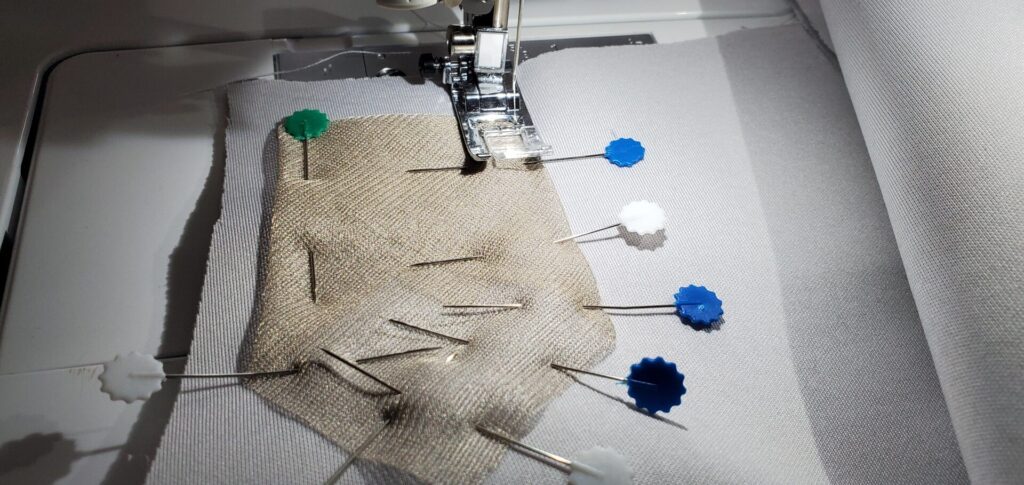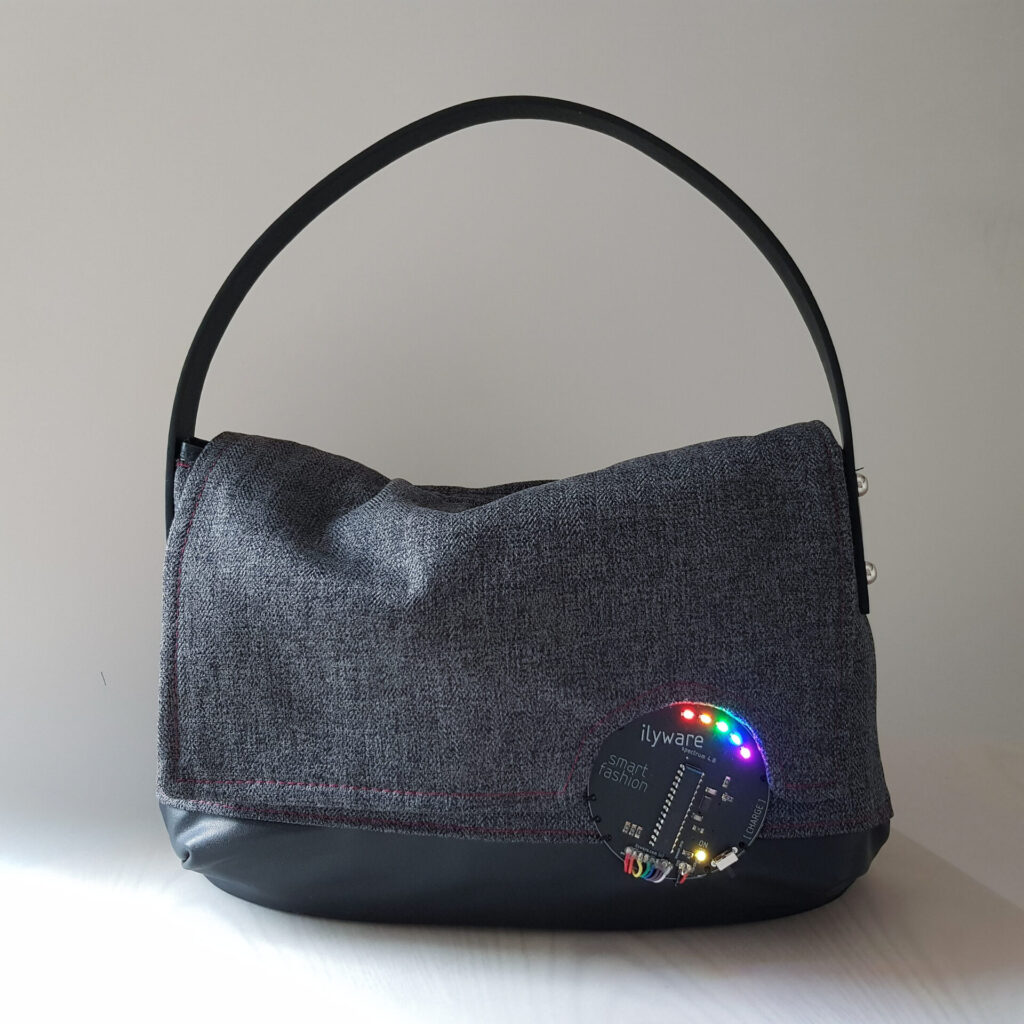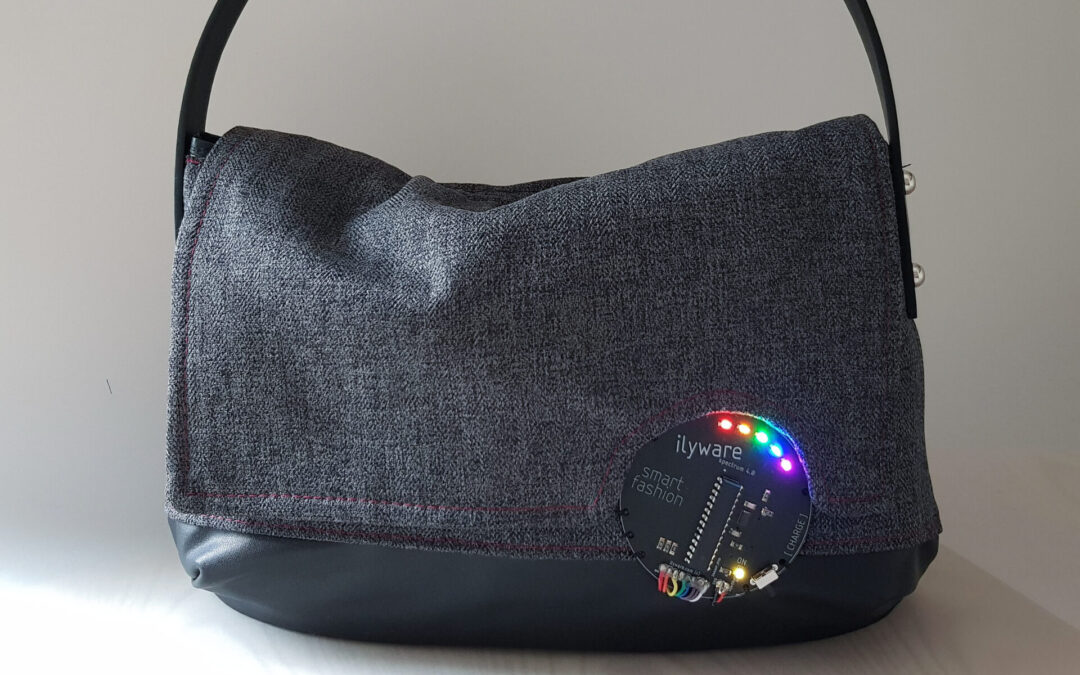When you hear the word “wearable,” what’s the first thing that springs to mind?
Chances are, it’s a smartwatch, tracking steps or displaying notifications. While smartwatches are undoubtedly a popular form of wearable technology, the world of wearables is vastly broader and more exciting than just what we strap to our wrists. It’s time to look beyond the smartwatch and delve into the true definition and fascinating properties of this rapidly evolving field.

I would emphasize that the definition of wearables can vary depending on the specific field and application. However, most definitions share some common ground. Generally, a wearable is a continuously worn device. This “on or near body” aspect is a fundamental characteristic. But – we can think beyond the wrist – wearables can be integrated into garments, materials, and accessories.
When considering wearable technology, simply being worn isn’t enough. The term “wearable technology” or “wearable computing” implies more. It signifies portable computing power that is worn on or near the body. This often involves augmenting humans for purposes like memory, communication, or physical improvement. In essence, a wearable exists within our personal space and can often be controlled by the person wearing it.

So, what are the key properties that define a wearable? The sources highlight several crucial elements:
• Garment/material/accessory on or ‘near body’: This underscores the physical integration of the technology with something we wear or carry close.
• Embedded electronics: This is the core of wearable technology. It signifies the presence of electronic components that perform specific functions.
• A power source: Like any electronic device, wearables need a way to be powered. This could be a battery, with improvements in battery technology contributing significantly to their popularity.
• Inputs/outputs of some description: Wearables interact with the user and the environment. Input is how the system receives data or information, while output is how it relays information or responds. This could involve sensors gathering data from the wearer or the environment, and outputs like lights, sounds, or even physical feedback.
The field of wearables is also closely linked to physical computing, distinguishing it from traditional programming-only computing. This highlights the tangible and interactive nature of wearables, often integrating electronics into the physical world through smart clothes or textiles, body-worn devices, and interactive accessories.
While the smartwatch has undoubtedly brought wearables into mainstream consciousness, it represents just one facet of this dynamic field. Online sources, published papers, conferences, and books reveal a rich history of wearable concepts and prototypes, from the 17th-century Chinese Abacus ring to the first wearable camera for pigeon photography in 1907, and the pioneering work of Steve Mann in wearable computing in the 1990s….
Today, researchers, companies, and makers are exploring incredibly diverse applications of wearable technology, spanning medical, sports, safety, and improving quality of life…. From ElectroDermis, a fabrication system for comfortable and elastic wearable electronics, to tiny UV nail sensors, and even ECG vests that look like everyday t-shirts, the potential of wearables extends far beyond simple notifications on our wrists.
As we continue our exploration of wearable technology at Tinker Tailor, remember that the definition is constantly evolving as new technologies and techniques are created. I would encourage you to be experimental, innovative, and to just get making.
So, while the smartwatch may be a familiar face, keep your mind open to the limitless possibilities of what it truly means for technology to be worn on or near our bodies, enhancing our lives in exciting and meaningful ways.
We provide kits for new starters, tutorials, and guides to help you in your explorations.

